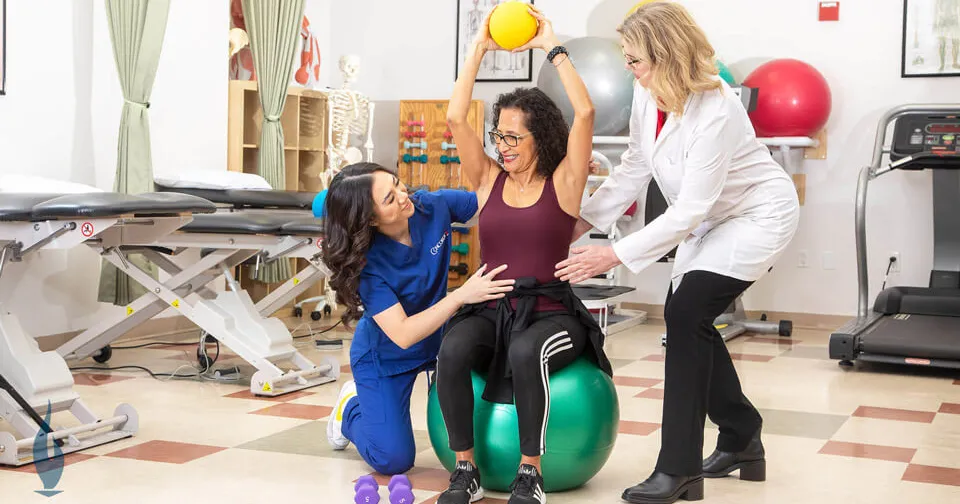Investigating the Collaborative Role of Physiotherapeutic Rehabilitation in Enhancing Pain Control Approaches
Wiki Article

Physical rehabilitation plays a critical role in treating pain for many patients. Discomfort can arise from multiple conditions, including traumas, surgeries, or long-term illnesses. While medications are frequently used to alleviate pain, they may not consistently be the best option due to potential side reactions or dependency concerns. This is where physical rehabilitation comes in as a complementary method. By focusing on mobility, power, and flexibility, physiological rehabilitation specialists help patients recover function and diminish pain through specific exercises and methods.
One of the primary approaches physical rehabilitation specialists use is workout therapy. This includes specific workouts designed to strengthen muscle groups, improve flexibility, and enhance overall physical performance. For instance, a patient rehabilitating from knee operation may engage in workouts that gradually boost their range of motion and strength. These exercises not only help in reducing discomfort but also prevent subsequent injuries by promoting better movement habits. Additionally, physical rehabilitation specialists often tailor workout programs to satisfy the individual requirements of each client, ensuring that they obtain the most efficient treatment available.
Another important component of physiological therapy is hands-on treatment. This useful site physical method includes techniques such as massage, joint mobilization, and adjustment. Hands-on treatment can help alleviate muscle tension, improve circulation, and reduce pain. For example, a specialist may use manipulation methods to reduce tightness in the back, which can lead to significant pain relief. By addressing the root problems causing discomfort, manual therapy can improve the overall efficacy of discomfort control approaches.
Education is also a vital component of physical rehabilitation. Physiological rehabilitation specialists take the effort to inform clients about their issues and the significance of keeping an engaged way of life. Comprehending the causes of pain and the benefits of physical exercise can enable clients to take control of their health. Specialists often provide guidance on correct physical movements and posture, which can help prevent pain from reoccurring. This informative aspect encourages a cooperative partnership between the specialist and the client, resulting to improved outcomes in pain management.
In summary, physiological rehabilitation acts as a valuable tool in enhancing discomfort management strategies. By integrating workout therapy, manual methods, and patient education, physical rehabilitation specialists tackle pain from multiple perspectives. This comprehensive approach not only helps alleviate existing pain but also equips patients with the knowledge and skills to control their health in the extended term. As more people look for alternatives to drugs for discomfort relief, the role of physiological rehabilitation will continue to expand in significance, offering hope and improved standard of life for numerous.